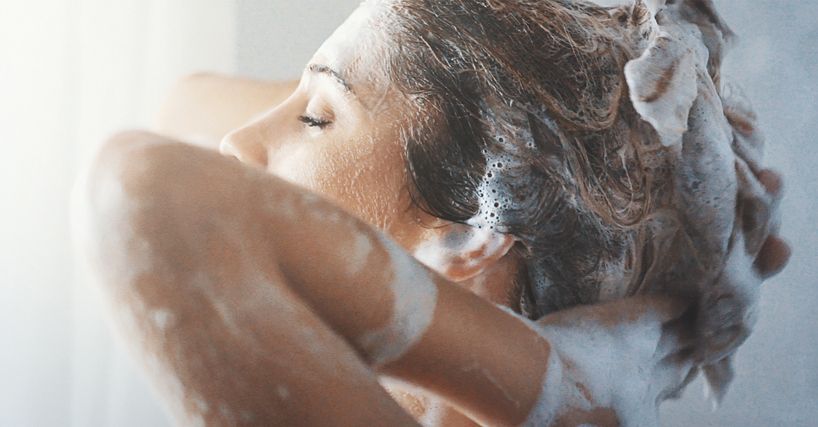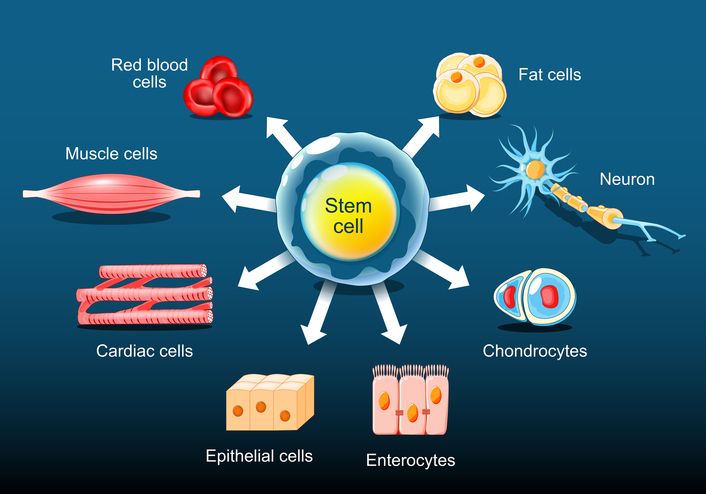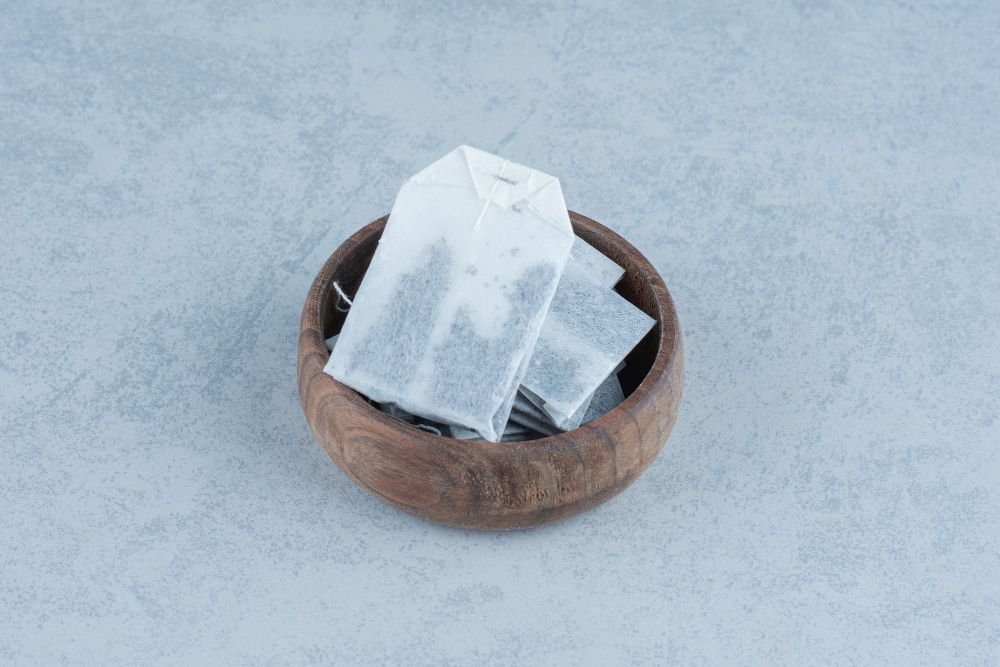
Book Now to Experience
Acne Treatment
1 Minute Self-Registration
Date should not be before minimal date
Author: Leila Tan|Updated: 23 July 2024
Not many people talk about the link between pimples and termites, but it is an interesting one. Acne is an inflammation of the face that can be caused by bacteria, hormones, or other things. Termites are bugs that eat wood and other things made of organic matter. Both acne and termites can be signs of environmental stress, which could be a link, and if you have termites at home, you should get it solved immediately as the damage is not only limited to your household furniture, but also to your body and skin. Continue reading to find out the connection between them and what you can do to deal with it!
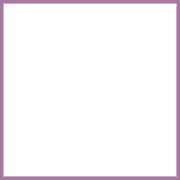
1
What are Termites? How Many Types of Termites are there?
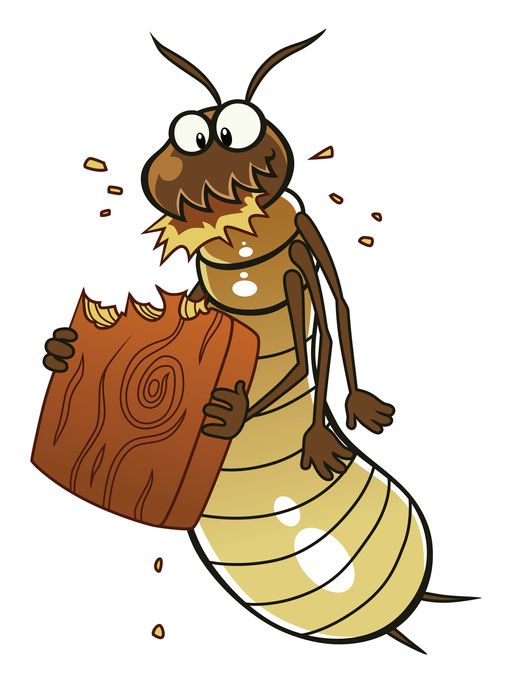
Termites are small, social insects that feed on cellulose-based materials, including wood, paper, and fabrics. They live in colonies and have a caste system that includes workers, soldiers, and reproductive members. Termites play an essential role in breaking down dead plant material in forests and other natural environments. However, they become a problem when they infest homes, buildings, and other wooden structures, causing extensive damage.
Types of termites
There are three main types of termites, and the first one is especially common in Singapore.
* Subterranean termites: These termites build mud tubes and live underground. They are the most destructive type of termite and cause the most damage to homes and buildings.
* Drywood termites: These termites live in dry wood and do not require contact with soil. They are less common than subterranean termites but can still cause significant damage.
* Dampwood termites: These termites require high moisture content in wood and are usually found in areas with high humidity. They are not as destructive as subterranean termites but can still cause damage to homes and buildings.
Signs of Termite Infestations
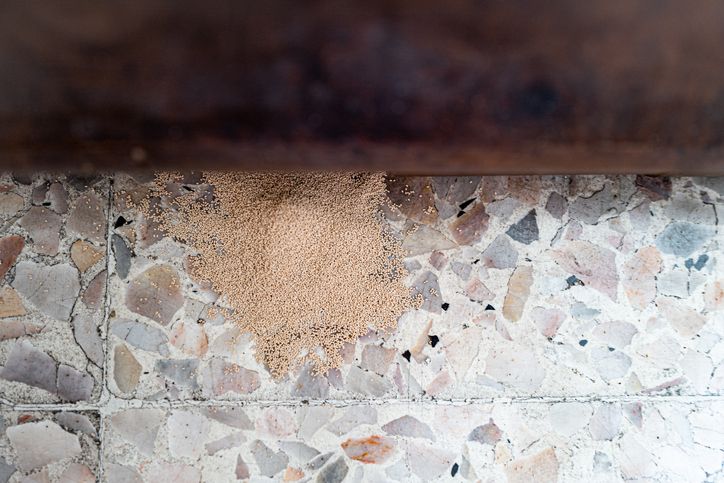
The two most common types of termites in Singapore are the drywood termite and the underground termite. Both types can feed on the cellulose in wood for up to 24 hours at a time without stopping. About 90% of the damage caused by termites in Singapore is caused by subterranean termites, making them the most annoying. The following signs may indicate a termite infestation:
* Mud tubes on exterior walls * Soft, spongy, or hollow wood * Presence of swarmers (winged termites) * Frass (termite droppings) * Discarded wings near windows and doors * Damaged or distorted paint on wooden surfaces
If you notice any of these signs, it is crucial to take action immediately to prevent further damage to your property.
Damage done to our skin due to termite infestations
Termites can do a lot of damage to homes, food, and furniture. Did you know, though, that termites can also make our skin hurt? People can get allergic responses, infections, and even skin diseases from termite bites.
People get bitten by termites when they feel threatened or think we are food. Most of the time, their bites don't hurt, but some people may get itchy, swollen, red, and blistered. Depending on how sensitive a person is and how well their immune system works, these symptoms can last from a few days to a few weeks.
Through the bites they leave, termites can also spread bacteria and fungus. Microorganisms like cellulitis, impetigo, and dermatophytosis can be caused by these things. Antibiotics and antifungal drugs can be used to treat these conditions, but they can also cause problems like swelling, tissue damage, and sepsis.
It is important to keep termites away from our skin so we don't get bitten by them and get sick. We can do this by wearing long arms and pants, using bug spray and staying away from places where termites live. We should also look for signs of termite damage in our homes and gardens on a daily basis and call a professional if we find any.

2
End The Future Termite Infestations with Termite Control Methods
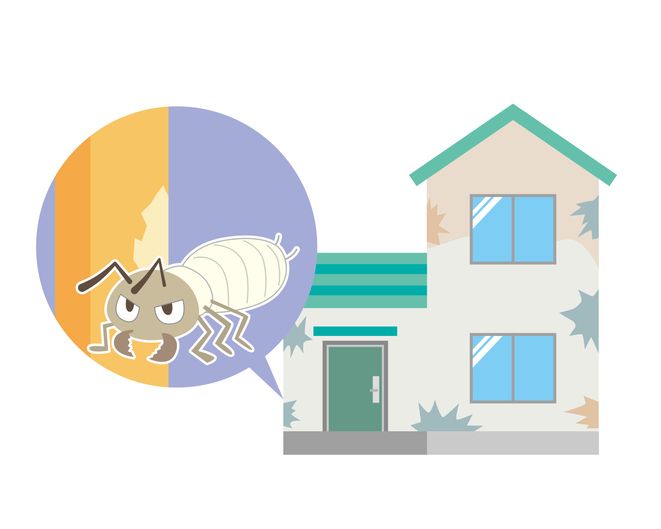
Spot treatment for termites is a way to apply pesticides only to the parts of a building that have termites, without harming the wood or dirt around it. Localised termite problems, like those caused by drywood termites or underground termites in isolated spots, can be solved with spot treatments. But spot treatment isn't the same as a full termite inspection and control programme because it might not get rid of the whole termite colony or stop new ones from coming.
Also, spot treatments should only be done by licenced pest control professionals who can figure out what kind of termites are there and how active they are. They can also choose the right poison and how to apply it. Spot treatments may include drilling holes in the wood, injecting foam or liquid pesticides, or adding dusts or baits to the termite galleries. Spot treatments may also have some problems, like damaging the wood, leaving behind chemicals, or hurting organisms that aren't the goal. So, spot treatments should be used carefully and only as part of an overall plan to get rid of pests.

3
Spot Treatment You Need For Your Face
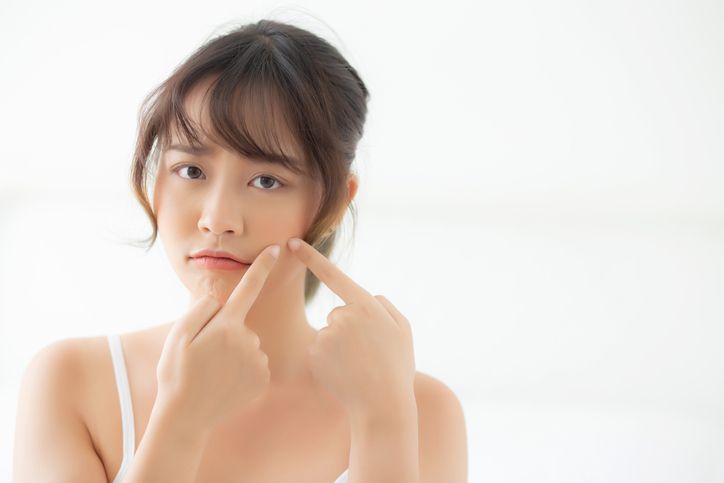
Now that you have tackled the necessary termite treatment to eliminate termites, it's time to look into the issue we have on our face. As termites might spread bacteria and fungus, it may lead to skin allergy or irritation, which is one of the common skin problems. It can also cause swelling, redness, and scars. However, aside from the termite issue, we also often have acne, which is caused by hormones, stress, food, and genetics, among other things. There are a lot of spot treatments available that can help get rid of acne and make it less noticeable.
Spot treatments are products that are only put on the part of skin that needs help, not the whole face. They usually have ingredients like salicylic acid, benzoyl peroxide, sulphur, or tea tree oil that help reduce inflammation, kill germs, or remove dead skin. These ingredients can help clear out your pores, kill bacteria, and lower inflammation.
Spot treatments can be used as needed, usually once or twice a day, based on the product and the type of skin. After cleansing and toning the face, they should be put on before moisturising. Some spot treatments can dry out, irritate, or make skin sensitive, so it's important to read the label and do a patch test before using them. Spot treatments shouldn't be put on skin that is broken or red.

4
Ingredients you can find in spot treatment products
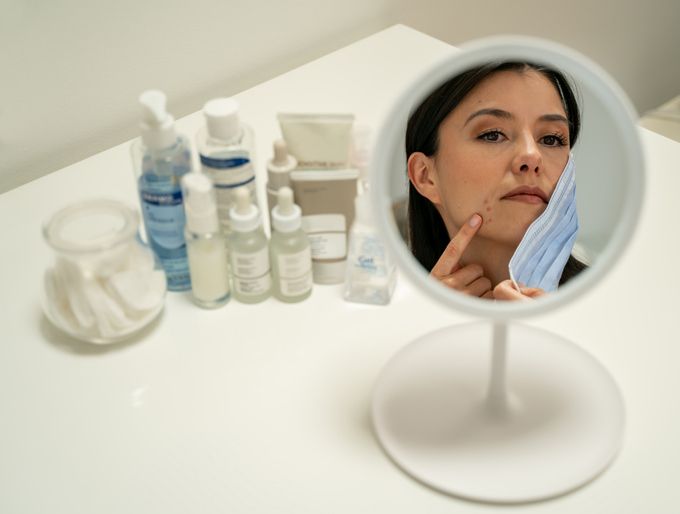
Spot treatments usually have active ingredients that can help reduce inflammation, kill germs, unclog pores, or speed up healing. You can find many different kinds of spot treatment products that you can choose from in Singapore, which are usually categorised based on your skin type, what you want to treat, and your personal taste. Some of the most popular are:
Salicylic acid
Salicylic acid is a beta-hydroxy acid (BHA) that can get deep into pores and dissolve dead skin cells and extra oil. It can also help stop new pimples from appearing. Salicylic acid is good for oily skin and skin that is a mix of oily and dry, as well as mild to moderate acne.
Benzoyl peroxide
Benzoyl peroxide is an antibacterial agent that can kill the germs that cause acne and reduce swelling. It can also help get rid of dead skin cells and oil on the skin's surface. Benzoyl peroxide works well for acne that is mild to severe, especially acne with inflammation, like papules, pustules, and cysts. But for some people, it can be drying and cause irritation, so it's best to use it with care and a moisturiser.
Tea tree oil
Tea tree oil is a natural oil that can help fight germs and calm irritated skin. It is antiseptic and anti-inflammatory. It can also help make spots less red and swollen. Tea tree oil is good for all skin types, but it should be mixed with a carrier oil or water before applying to avoid irritation or allergic responses.
Sulphur
Sulphur is a mineral that can help dry out spots and reduce pain. Also, it can help get rid of dead skin cells and open up pores. Sulphur is good for both tender and dry skin, as well as acne caused by fungi. But it can smell bad and leave behind a white film on the skin.
Hydrocolloid patches
Hydrocolloid patches are thin, clear stickers that can be stuck to the skin and soak up pus and other fluids from pimples. They can keep germs and dirt from getting into the skin and keep you from picking or popping. Hydrocolloid patches can be used on all kinds of skin, but they work best on whiteheads and pustules. They can be worn all night or under makeup during the day.
Spot treatments are a good way to treat acne flare-ups and keep scars from forming. But they can't replace a good skin care practice and are not as effective as acne treatment that utilises technology like microdermabrasion. To stop acne from happening in the first place, you should regularly wash and moisturise your skin, use gentle, non-comedogenic products, avoid touching or picking at your skin, and look for a suitable treatment that can keep your skin condition and complexion healthy.

Book Now to Experience
Acne Treatment
1 Minute Self-Registration
Date should not be before minimal date

5
Emergency Solution When You Got Bitten by Termites
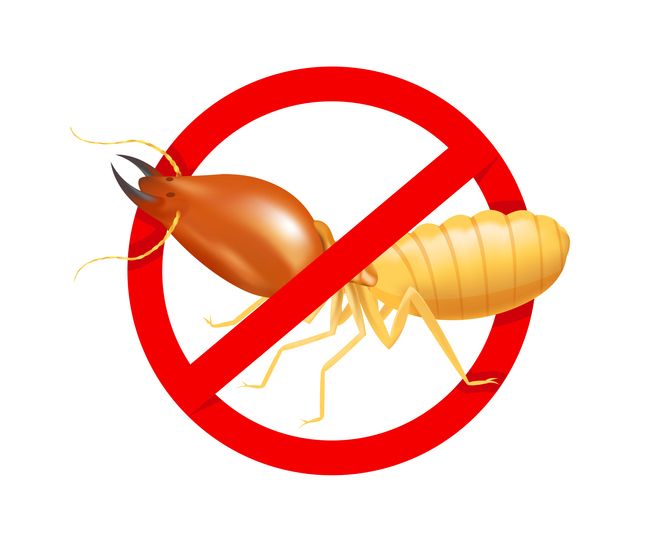
Termite bites aren't common, but they can happen if you get close to these bugs. Termite bites can make the skin itch, grow, turn red, and hurt. If termites bite you on your face, you can treat the area by doing the following:
- Wash your face with water and light soap to get rid of dirt and germs.
- Use an ice pack or cold cloth to reduce swelling and dull the pain.
- You can stop itching and stop allergic responses by using an over-the-counter antihistamine cream or pill.
- Don't scratch or rub the bite, as this can make the symptoms worse and make you more likely to get an infection.
- Keep an eye on your health and see a doctor if you get signs of an infection, like a fever, pus, or more pain and swelling.
Termite bites usually heal on their own within a few days, but you should take steps to avoid getting bitten again or letting termites into your home. You should look for signs of termites in your home, such as mud tubes, damaged wood, or wings that have fallen off. You should also call a professional pest control service to get rid of the termites and prevent further damage to your property.

6
Conclusion

Termites are known as silent destroyers, as they can cause severe damage to your property without you even realising it. They feed on wood, paper, and other materials containing cellulose, which is why they can be found in homes, buildings, and wooden structures. To prevent these tiny pests from causing serious damage to your property, it is crucial to understand what spot treatment for termites is and how to deal with them.
FAQ
1.What is a termite colony, and how does it start?
A group of termites that live and work together in a nest is called a colony. A colony can have many sub-colonies and millions of termites. A termite colony starts when a pair of termites with wings (called alates) leave their original nest and find a good place to start a new one. They lose their wings, get married, and become the new colony's king and queen. They lay eggs, which hatch into workers, fighters, and people who make more eggs.
2.What is spot treatment for termites?
Termite spot treatment is a way to get rid of termites by putting poisons right where they are active or have caused damage. You can use bait stations, drill holes in the wood, or insert foam or liquid chemicals. Spot treatments for termites work when the infestation is small and not all over. It can also be used to avoid illness or to help other treatments work better.
3.How does tent decontamination work, and what is it?
Tent fumigation is a way to get rid of termites by putting a poisonous gas inside a tent and putting it over the whole building. The gas gets into all holes and cracks and kills any termites that are inside. Fumigating a tent is usually done by a professional pest control company, and the tent needs to be left empty for a few days. It works well when the problem is bad or hard to get to.
4.Why is microdermabrasion better for age spots and marks than spot treatments?
Microdermabrasion is a beauty treatment that gently takes the top layer of skin to make the skin smoother and more even. Spot treatment, on the other hand, is a product that you put on your skin and it works on specific spots of discoloration or flaws. Microdermabrasion is better than spot treatments in many ways, such as: -It can be used to treat the whole face or other parts of the body, not just spots. -Not only can it change the colour, but it can also change the texture and tone of the skin. -It can make your body make more collagen and elastin, which can help make fine lines and wrinkles less noticeable. -It can help other skin care products, like moisturisers and serums, be absorbed and work better. Most skin kinds and colours can get microdermabrasion, but people with active acne, rosacea, eczema, psoriasis, or other skin conditions that can cause inflammation or irritation should not get it. Before getting microdermabrasion, you should also talk to a doctor if you have a mole or other spot on your skin that is getting bigger, bleeding, or changing in any way.
5.Can termites cause acne directly?
No, pimples can't be directly caused by termites. Acne is a common skin disease that happens when oil and dead skin cells get stuck in hair follicles. Acne can be caused by hormones, genetics, food, stress, and hygiene, among other things. Termites are bugs that eat wood and other things made of cellulose. They don't have anything to do with pimples or skin. But termite bites or being around termite droppings or dust can cause allergy reactions or skin irritations in some people. The affected area may itch, swell, turn red, or get a rash because of these responses. If you think you were bitten by termites or touched their dead bodies, wash the area with soap and water and put an antihistamine cream or lotion on it to ease the symptoms. You should also see a doctor if you get a fever, pus, or more pain, which are all signs of an infection.

Book Now to Experience
Acne Treatment
1 Minute Self-Registration
Date should not be before minimal date
Recommended Articles
COPYRIGHT© NEW BEAUTY MANAGEMENT LIMITED 2025. ALL RIGHT RESERVED.

